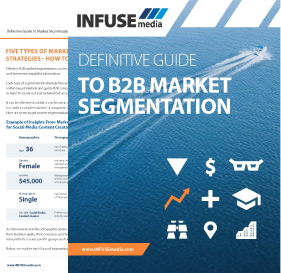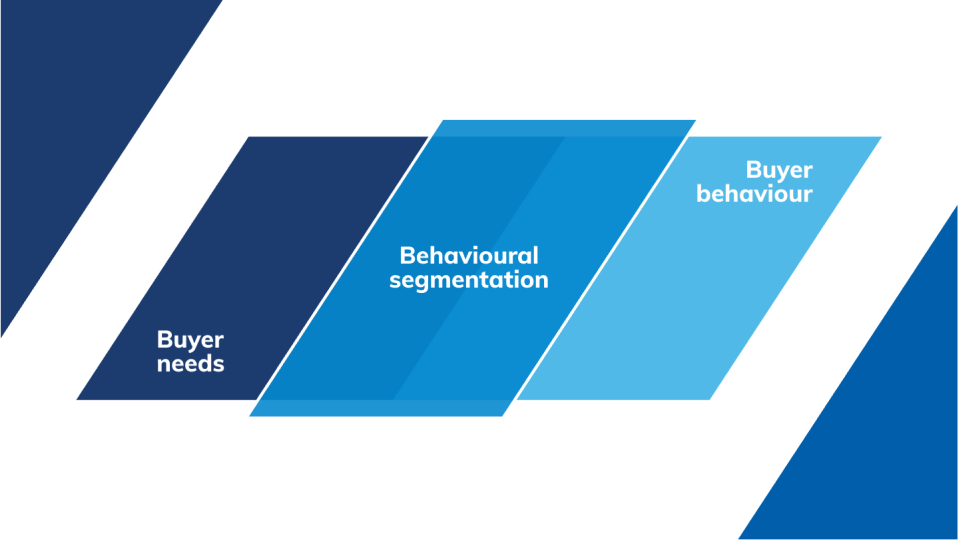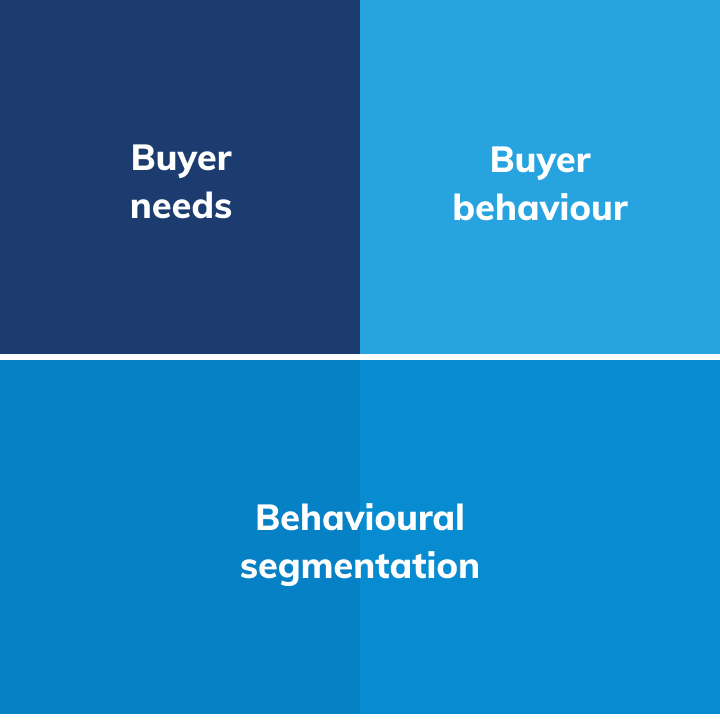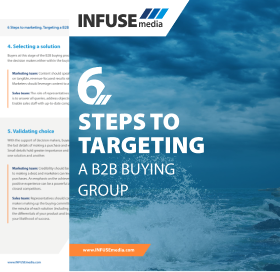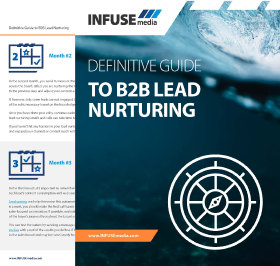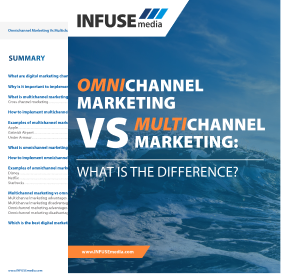Behavioural segmentation is one of many methods of market segmentation. Market segmentation is crucial, as it aids marketers to optimise their campaigns and strategies so that they appeal to a specific target group, without wasting time, budget, or resources on ineffectual tactics.
Different types of segmentation focus on a multitude of variables that range from static information such as age, gender, or occupation (that demographic segmentation focuses on) to interests, opinions, and activities (covered in psychographic segmentation).

